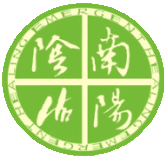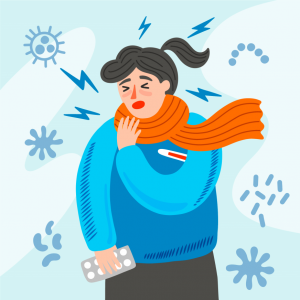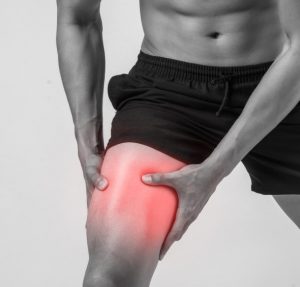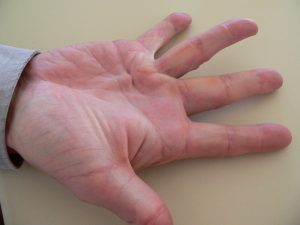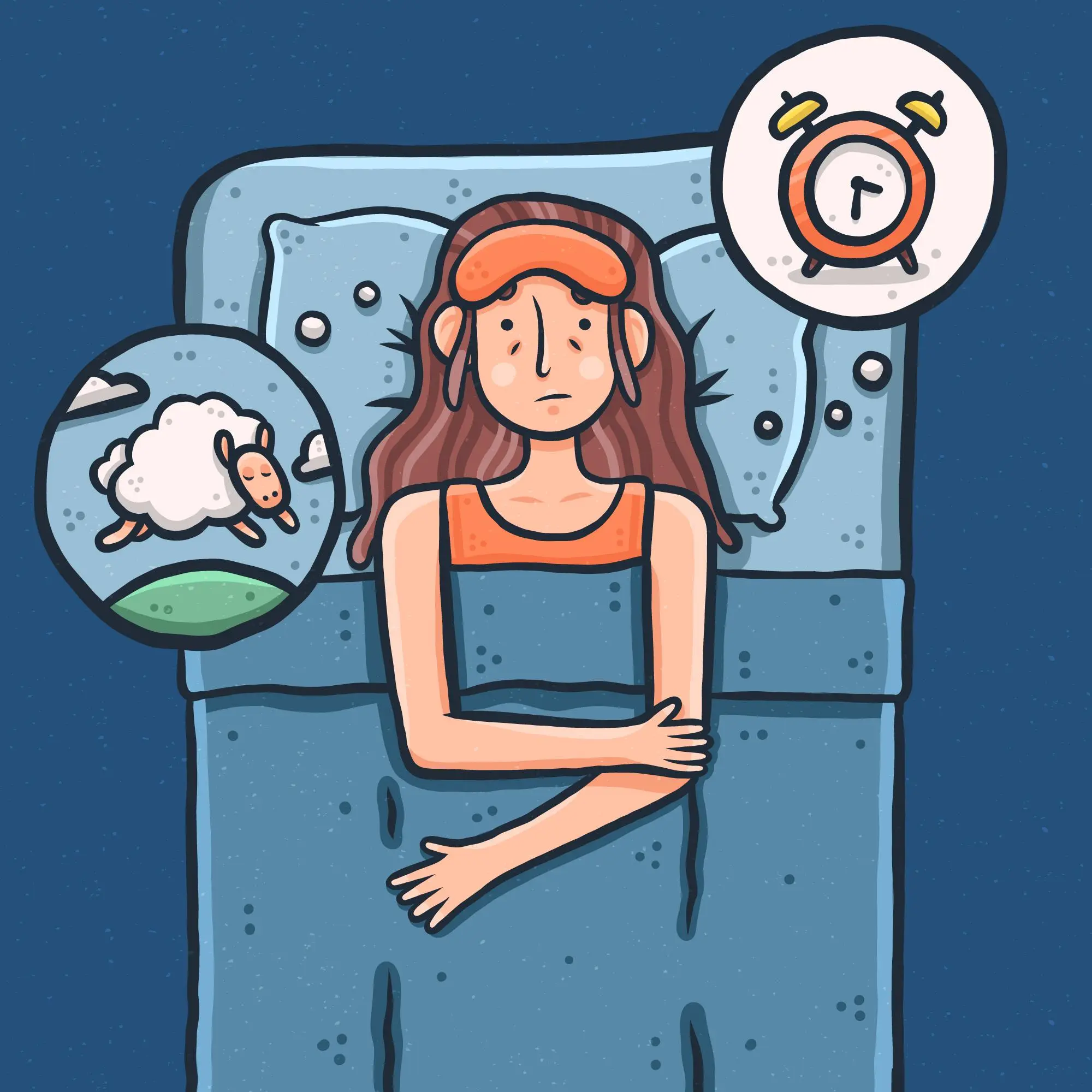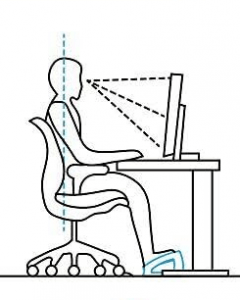- (347) 781-5067
- emergenthealing@gmail.com
-
Mon Wed: 9:30 - 5:00
Tue 10:00 - 5:00 Fri 9:30 - 3:30
Back pain caused by the back or from somewhere else?

Back pain, particularly from mid to lower back, is a chronic and prevalent problem. And there are a lot of myths, misconceptions, and outdated information concerning the cause and solution for back issues which I’ll try to clarify while offering some solutions in process.
"Lower back pain is from a weak core."

There are cases where this is genuinely true for:
- Particularly post-partum
- As a result of surgery
- Atrophy in the abdominal muscle from lack of use
Unfortunately, for most people this is not the case. All the core workouts can help temporarily or in the rare case can avert chronic pain in general, however in most cases I’ve seen, there is a plateauing effect and the discomfort persists – including soreness, tightness, and stiffness. In a lot of cases the core muscles, which are your lower abdominal muscles as well as your hip flexors, tend to be way too tensed. From my experience, hip flexors are the most common cause of back pain. The solution mostly is to stretch your abdominal muscles as well as releasing the hip flexors – stretching, massage, and acupuncture tends to work best.
"Back strengthening exercises will fix my weak back."

Not necessarily. Similar to the misconception with the core, a lot of times back pain isn’t a result of weakness but a problem with overuse and fatigue. When the muscles are tense for a prolonged period of time, fatigue tends to set in and mimic weakness symptomatically.
Exercising a fatigued muscle not only may not help the pain but can make it worse. Releasing the muscles ideally with massage and acupuncture are the fastest way to relieve this particular kind of back pain. Along with treatment, a customized stretch routine is necessary to keep the pain away.
"Back pain is a result of a spine problem."

This is a harder one to believe but it’s mostly a deduction of past failed attempts of surgical interventions to remedy spinal issues. There is a consensus that disc herniation, disc bulges, arthritis, or stenosis lead to back pain but that is a blanket assumption that hasn’t been proven, and ironically it’s most likely the other way around.
Chronic tension along the spine causing pain over time will result in the discs, cartilage, bones degenerating under constant compression leading to the damage seen in the spinal structure.
Furthermore, this is evident with the countless people I have encountered where the patient has undergone such surgeries with little to no relief in the pain, particularly over time. Of course there is a small percentage of people who can benefit but there’s no way to know unless in hindsight.
Regardless of what imaging of the spine portrays, my advice is try less invasive interventions ie. massage, acupuncture and stretching, before resorting to a surgical one.
